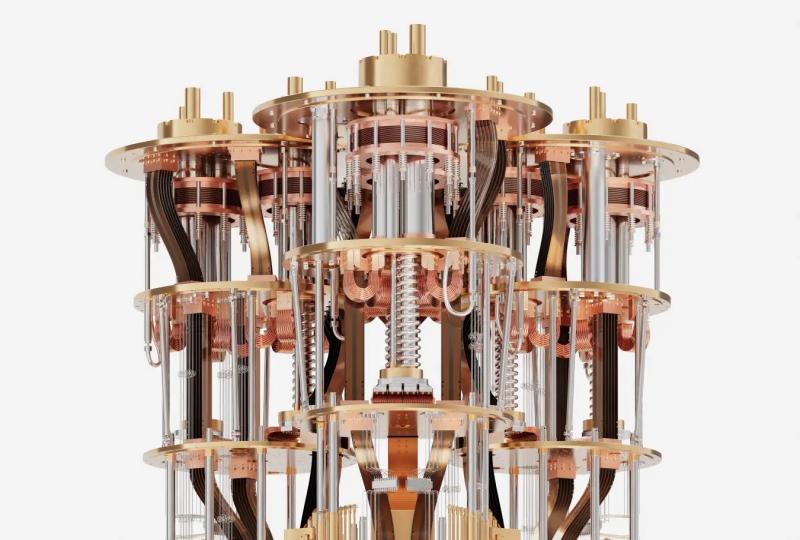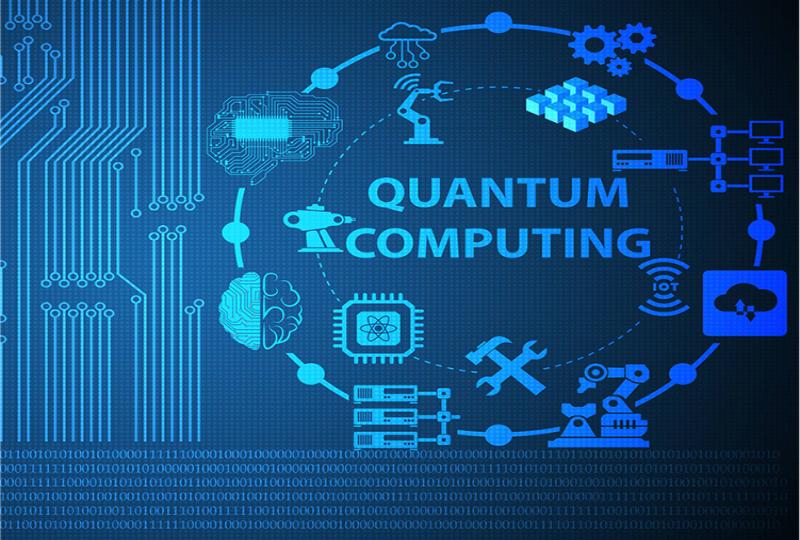Essential Quantum Lab Equipment for Advanced Research
2025.03.08 · Blog
Quantum computing and quantum mechanics research require highly specialized equipment that allows scientists to explore the strange and fascinating world of quantum phenomena. The complexity and sensitivity of quantum systems demand precise tools to manipulate, measure, and control quantum states. In this article, we will provide an in-depth look at the critical quantum lab equipment essential for modern quantum research and education.
Quantum Computers
Quantum computers are the core of any quantum research lab. These machines utilize quantum bits (qubits) to perform calculations that would be impossible for classical computers. Qubits can exist in multiple states simultaneously, making quantum computing fundamentally different from traditional computing. Quantum computers come in various forms—superconducting qubits, trapped ion qubits, and photonic qubits—each requiring specific lab setups.
Example: SpinQ's quantum computers, such as the Gemini and Triangulum series, are designed for educational purposes, allowing students to explore the fundamentals of quantum computing at room temperature. More advanced systems from companies like IBM, Google, and Rigetti use specialized cryogenic setups to stabilize qubits at ultra-low temperatures.
Cryostats and Dilution Refrigerators
A major challenge in quantum computing is maintaining the fragile quantum states of qubits. Superconducting qubits, for example, require near absolute-zero temperatures to remain stable and retain their quantum coherence. Cryostats and dilution refrigerators are used to cool quantum devices to temperatures as low as 10 millikelvins (-273°C), creating a stable environment for quantum experiments.
Function: Cryostats and dilution refrigerators rely on advanced cooling technologies, such as helium-3 and helium-4 dilution, to lower temperatures and maintain ultra-low temperatures that are essential for the operation of superconducting qubits.
Lasers and Photodetectors
In quantum optics, lasers are indispensable for controlling and manipulating quantum states. Photons, as quantum particles of light, play a critical role in many quantum computing approaches, such as quantum communication and quantum cryptography. Lasers are used to excite atoms or ions, while photodetectors are crucial for measuring the outcome of quantum processes, such as quantum entanglement or interference patterns.
Key Uses:
Quantum Communication: Lasers are used to transmit quantum information securely, and photodetectors measure the photon states.
Quantum Key Distribution (QKD): A key technology in quantum cryptography, QKD requires precise measurements of photon polarization and entanglement.
Superconducting Materials and Magnetic Field Equipment
Superconducting qubits, one of the leading technologies in quantum computing, are highly sensitive to magnetic fields. As such, the equipment used to generate and control these fields must be extremely precise and stable. Strong, uniform magnetic fields are needed for certain types of qubits, such as flux qubits, while others require the shielding of external magnetic interference.
Types of Equipment:
Superconducting magnets: Used to create consistent and controlled magnetic fields for quantum devices.
Magnetic shields: Essential for isolating quantum computers from external magnetic fluctuations that can cause decoherence or computational errors.
Quantum Measurement Tools
Quantum measurement is a critical step in quantum computing, as it collapses the quantum state into a definite outcome. However, the act of measurement itself can affect the system, making precise measurement tools indispensable. Quantum measurement tools include devices for quantum state tomography, which allows researchers to reconstruct the full quantum state of a system.
Important Devices:
Quantum state tomography: This tool helps researchers analyze qubits and verify quantum entanglement and coherence.
Homodyne and Heterodyne Detectors: Used to measure quantum optics properties, such as photon states and quantum noise.
Optical Tables and Mounting Systems
Precision is key when working with quantum systems, especially in quantum optics experiments. Optical tables and mounting systems ensure that the various optical components (mirrors, lenses, beam splitters, etc.) are precisely aligned to maximize the efficiency of quantum experiments. Small misalignments can lead to significant measurement errors in quantum experiments.
Function: Optical tables are vibration-isolated, ensuring that any minor disturbances do not affect the alignment of delicate quantum optical devices.
Signal Generators and Analyzers
Signal generators and analyzers are vital for creating and measuring the electromagnetic signals used in quantum experiments. Quantum systems often operate at microwave frequencies, and signal generators create the necessary signals to manipulate qubits or measure quantum states.
Key Tools:
Microwave signal generators: These devices generate signals that are used to manipulate superconducting qubits or control other types of quantum systems.
Vector network analyzers: Used to measure the quantum system’s response to applied signals, helping to characterize qubit behavior and performance.
Vacuum Chambers
Many quantum experiments require vacuum conditions to reduce the influence of thermal noise and external particles on the system. Vacuum chambers help maintain an ultra-high vacuum environment where quantum states can be isolated from external disruptions. For example, ion trap qubits require a vacuum chamber to isolate the ions from environmental noise and to create the required conditions for quantum manipulation.
Applications:
Ion Trap Systems: Vacuum chambers are used in trapping ions with electromagnetic fields for quantum computing experiments.
Quantum Optics: To reduce decoherence and ensure accurate measurements, vacuum chambers are used to isolate quantum systems from environmental noise.
Conclusion
Quantum lab equipment forms the backbone of quantum research and is crucial for advancing the development of quantum computing, quantum communication, and quantum cryptography. Each piece of equipment plays a vital role in maintaining the delicate quantum states, controlling qubits, and accurately measuring quantum phenomena. As quantum technology continues to evolve, the tools and equipment used in quantum labs will also advance, enabling further breakthroughs in this revolutionary field. For researchers, students, and institutions, having access to the right quantum lab equipment is essential for exploring the potential of quantum technologies and unlocking the future of computation.
Featured Content






